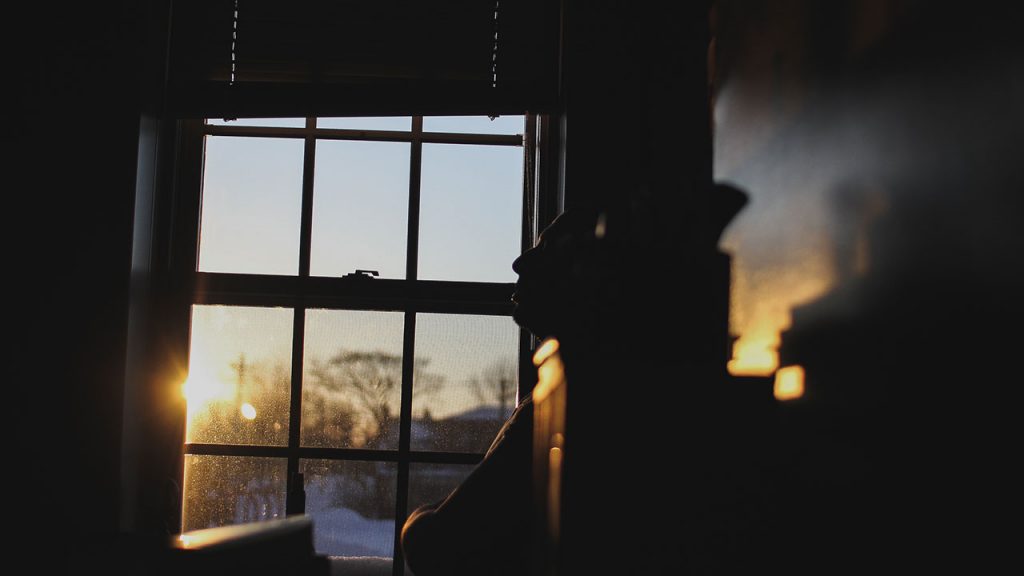The acoustical properties of a home can either allow it to be a pleasing and calm or disruptive and aggravating. Finishes that are porous have a tendency to soak up sound, whereas smooth areas that are shiny and hard tend to reflect sound. The degree at which one is disrupted by noise is subjective and will vary from person to person. The negative effects of noise exposure are: lack of concentration; high blood pressure; release of anxiety hormones; contraction of blood vessels (stenosis); decreased digestion due to negative impact on peristalsis; ulcers.
There are various types of noise that can affect us. Noise transmission through walls within a home, noises from outside like air or street traffic and noise in the form of vibration, and often from mechanical equipment. However, from a Building Biology point of view a window’s major purpose is to open and let in fresh air!
Here are some Building Biology recommendations:
- When designing a home place quiet rooms such as bedrooms away from street noise.
- Wherever possible leave porous surfaces unsealed or seal with natural waxes and oils so that they still absorb sound.
- Mass walls such as straw-bale, adobe or masonry will absorb sound
- Isolate mechanical equipment from living areas so that vibration from them does not travel through building materials.
- In conventional construction, when using specialized sound boards for wall sheathing, acoustical tiles for ceilings, or insulation within interior walls, make sure that the products used are non-toxic.

Many hard surfaces in the home need to be avoided. Soft mass wall materials on the interior of a home not only contribute to a more even climate, when used in the proper locations they can block airborne noise transference between rooms. Adding mass or insulation between floors can also help to prevent airborne transfer of noise between stories. To prevent vibrational transfer of noise acoustic isolation is required as well as by staggering studs so that there is no sound bridge in a wall or floor.
Insulation will noticeably reduce airborne noise. Staggered or double stud walls achieve higher sound ratings than single stud walls. Putting surfacing board on resilient channel and adding additional layers of drywall. Solid masonry walls that are thicker than 6” will also work well. From a building biology point of view these are a very attractive solution since the walls will also add thermal mass for climate control.
In North America, acoustic tiles are commonly used for commercial buildings and schools, and are sometimes used in residential construction. They are designed to reduce noise and hide services above the ceiling in dropped ceiling designs (wiring, duct work). Due to the materials used in manufacturing the tiles the fibers can cause health problems for the workers installing them. The older tiles may have asbestos in them. Builder’s need to take care when installing or removing these products.
Some municipalities established noise day-night requirements in decibels which building envelopes must withstand. Check your local building inspection locations for these ratings.
Window and door openings sometimes have flaws and allow transmission of sound from outside. Careful detailing and insulation around the frame of the window as well as increasing the number of layers and quality of glass.
Making the windows sound proof, in conjunction with mechanical air filtration/ventilation can improve living conditions where street noise exists at unacceptable levels. Homes can be designed with courtyards or have the bedrooms face away from the street while utility rooms and more active rooms such as kitchens can be placed on the traffic side of the building. In addition, good municipal planning like the separation of major thoroughfares from dwellings and plating thick green zones between the two.





